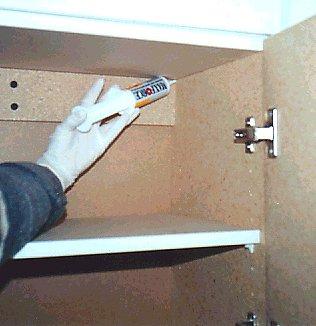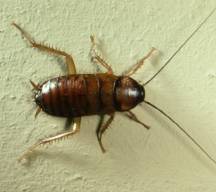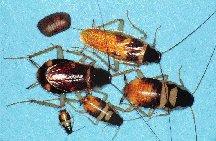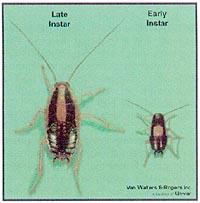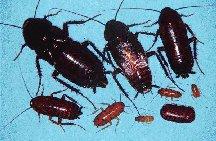| YOU
CAN: |
- Notify
us
of the problem
when you schedule your service.
- Move
household items
to the center of infested cabinets or drawers for bait applications.
- Remove
all
'food' sources
that would attract roaches away from bait application areas such as dog
food, opened food packages, or uncontained trash. (Pet food
should
be picked up between feedings.)
- Put
1/2
cup of soapy
water in drains to prevent entry through the pipes when not in
use.
Replace the solution each time the drain is used. Also use a
cleansing
tablet in the toilet tank.
- Remove
loose debris
and other good hiding places around the foundation of the home.
Water
the foundation area just prior to your service time.
- Clean
up
by removing
alternative food sources (pests are more likely to feed on bait).
- Store
food
in bug proof
containers (plastic or glass jars).
|
| Please Do
Not: |
- Spray
any
insecticides
on or near bait placements. It may prevent insects from eating
the
bait.
- Use
strong
cleaners
on or near bait.
- Remove
or
disturb the
bait placements.
- Store
paper bags between
refrigerator and cabinets. Roaches harbor there.
|
| WE
WILL: |
- Bait
areas
of roach
activity. Bait is slower but works much better for long term
roach
management.
- Chemically
treat visible
populations.
- Place
bait
directly
into small cracks, crevices and voids that harbor roaches.
- Reapply
bait in same
spots if completely consumed. This 2-week follow-up is
recommended.
|
2-week
follow-up services are highly recommended until control is achieved.
|
